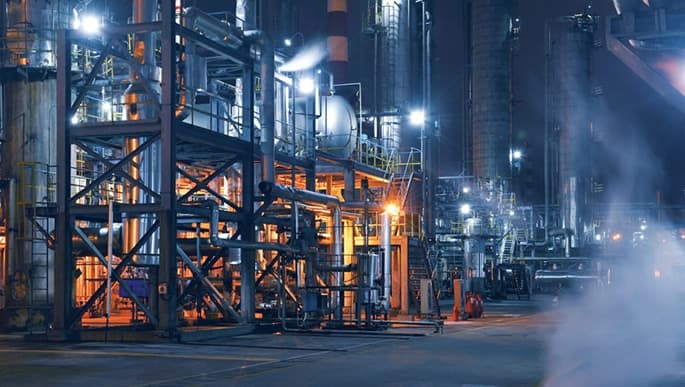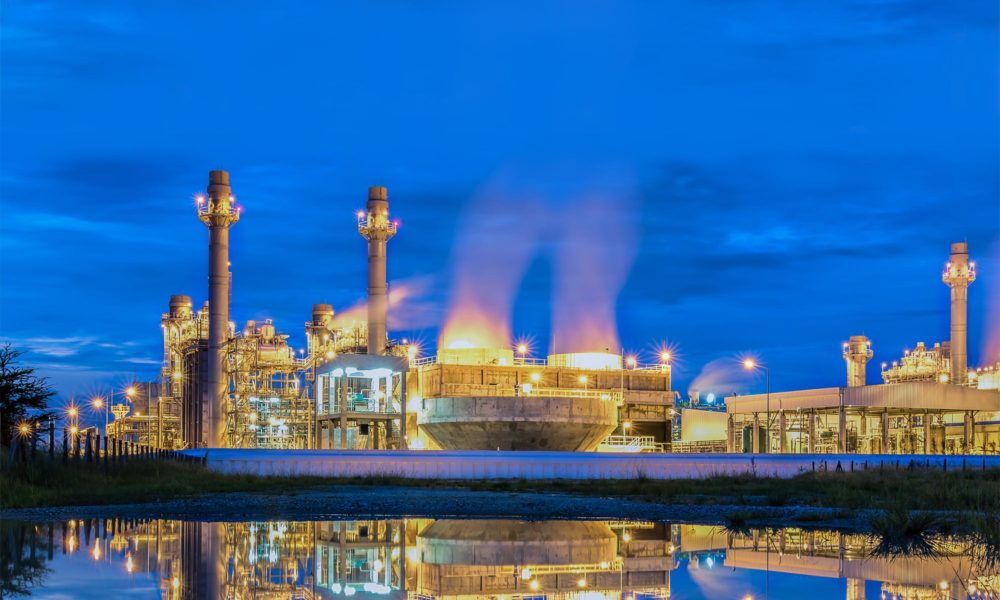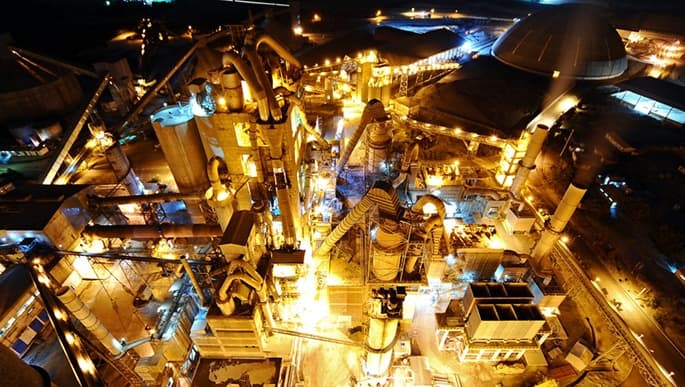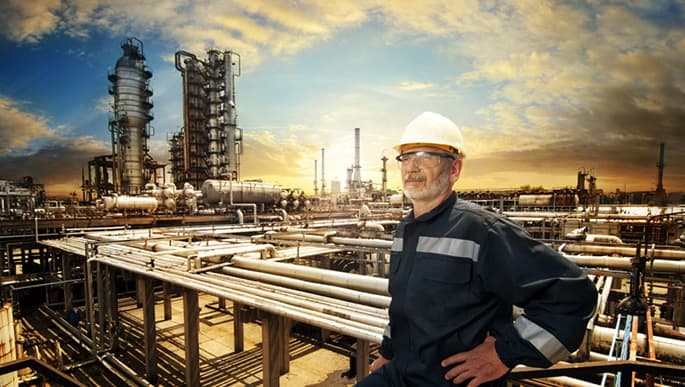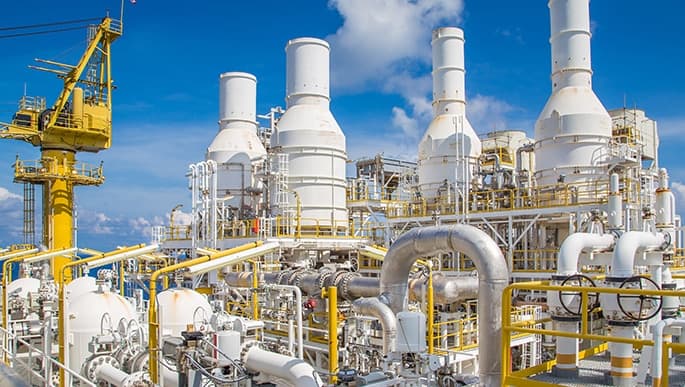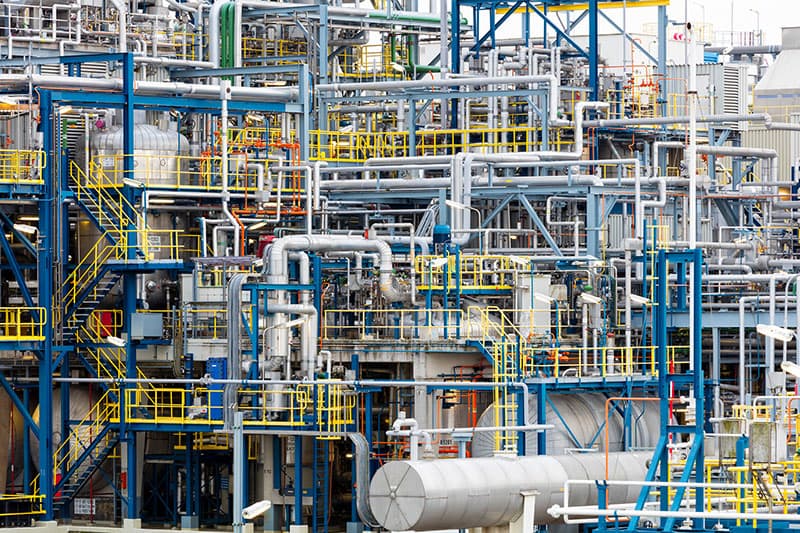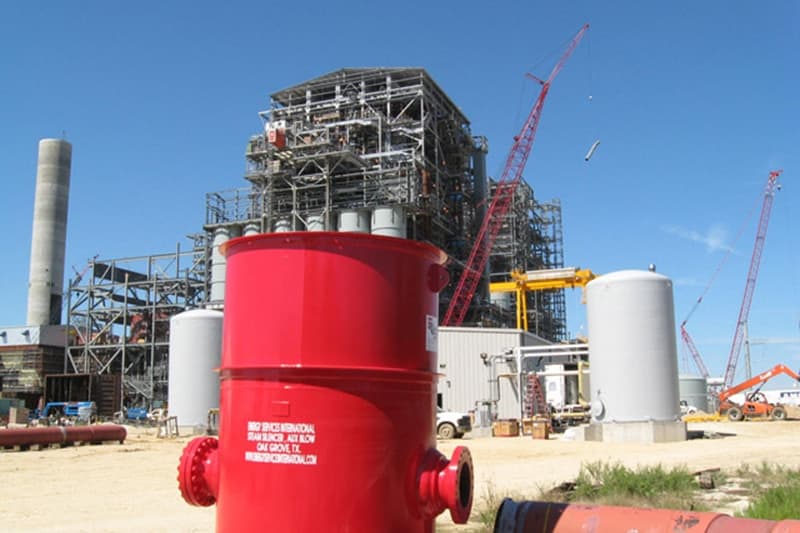At RIG, we take pride in condition monitoring and predictive maintenance done the right way. We apply hard work, intentional thought, integrity, and transparency every day to deliver the quality service our clients rely on. To consistently meet that standard day in and day out, it takes a world-class team. And it takes a leadership approach that helps that team max out their abilities and empower every team member to shape the way we grow as a company.
The RIG leadership approach relies heavily on fostering an ongoing dialogue throughout our business. Every person is engaged to shape our vision, our service and the way our company develops a culture of quality.
We wanted to share a bit about our approach, and after digging around our internal log of resources, found a great one that not only summarizes our values but can also be a strong resource for leaders in any business we touch. Below is combination of materials from that resource, a Harvard Business Review research guide that explores a conversational leadership model, and some of the keys that help us in our business.
The Changing Landscape: Why Our Leadership Approach Focuses on Open Dialogue
We believe traditional “command-and-control” management isn’t suited to the modern challenges of today’s growing business and plant environments. New communication strategies are taking the place of the old model to help manage information flow to, from and among employees in an open conversation. The new organizational conversation model is less formal and top-down and now looks more like ordinary, person-to-person conversation.
Conversation is happening every day in every company — that’s always been true. But today, with social networks and instant information dissemination, it can spread well outside of the company, and management largely doesn’t hold control over it anymore.
Forward-thinking leaders and companies find ways to use conversation to manage the flow of information openly and honestly. Traditional, one-way broadcast messaging has become a largely outdated practice that’s being replaced by a new conversational model, where conversation is two-way and directed throughout the entire organization.
The Old Model: Corporate Communication
In traditional internal corporate communications, information flow has largely been top-down and formal. Corporate messages have been broadcast to employees through print newsletters, memos and speeches. The top executive leadership created and controlled messaging, while employees were passive consumers of information.
Communications were fragmented, reactive and ad hoc, not necessarily structured with tremendous intention on an ongoing basis. Leaders would assert agendas to achieve strategic alignment, and employees in many companies were largely along for the ride and in the dark on many key decisions.
The New Model: Organizational Communication
Today, teams expect an open, ongoing dialogue that’s genuine and inclusive to all employees. With the right framework, team members will not only listen to and understand the vision, but also help shape it and ensure it pervades the company culture.
Communication in the new, conversational model is personal and direct. Leaders value trust and authenticity, talk with employees, not at them. Organizational culture fosters back-and-forth, face-to-face interaction, with leaders relinquishing some control over content. But the reward for leaders is that employees become active participants in organizational messaging and gain a sense of ownership and belonging that improves the whole company. One key component in this new model is a clear agenda informs all communication — this requires leaders to carefully explain the agenda to employees then allow strategies and tactics to emerge out of a cross-organizational conversation.
The Elements of Organizational Conversation
There are four key elements to the organization conversation communications model:
- Intimacy — How leaders relate to employees
- Interactivity — How leaders use communication channels
- Inclusion — How leaders develop organizational content
- Intentionality — How leaders convey strategy
Intimacy
Here’s what it looks like to foster intimacy in corporate communications:
- Minimize the distance between leaders and employees
- Leaders seek and earn trust from employees by listening to people at all levels of the organization
- Conversation is directly speaking personally, transparently and authentically with team members
- Communications are less corporate and more casual in tone — less about issuing orders and more about taking questions
- This involves intentional listening to employees at all levels — often through structured settings, but also in unstructured personal interactions to glean insights into every aspect of the business
- Be open about asking for criticism from employees, and take the criticism seriously to improve leadership — if the CEO of Duke Energy can do it, so can you
Interactivity
Interactivity involves:
- Promoting dialogue in a two-way conversation
- Embracing unpredictability of vital dialogue
- Providing employees the tools and platform to speak up
- Promoting an interactive culture
- Developing values, norms and behaviors that create a welcoming space for dialogue
- Unscripted and personal interviews of leaders can be a strong tool to foster genuine communication and invite dialog
Inclusion
Inclusion involves:
- Expanding employees’ roles
- Personal conversation that allows employees to contribute their ideas and take ownership in the business
- Having employees generate content that makes up the company’s story, such as blog posts, social media posts, internal communications and orientations
- Focusing on the role employees play in the process to get close to other team members and to leaders in the organization
- Allowing team members to act as brand ambassadors, thought leaders and story tellers
Intentionality
All of these interactions benefit from the same leadership and intentionality that executives and managers bring to the table. Be intentional and have goals in mind when it comes to communications, but you have make it rich and rewarding for the employees to get them to engage.
Here’s what that looks like:
- Give employees a sense of direction
- Don’t allow communications and company-wide conversations to be aimless
- Align the shared conversation with the strategic vision of the company (and help form it)
- Bring closure to the company-wide communications process
- Convey strategic principles, not just by asserting them, but by explaining them — generate consent rather than commanding assent
- Have leaders speak extensively and explicitly with employees about the vision that underlies executive decision-making — be transparent and genuine
- Gives team members a high-level view of the business
- Also give employees a part in developing the governing strategy
- Tech giant Infosys is an example: executives developed a list of 17 trends, then held open forums (online) with employees
- Employees helped develop ideas for taking advantage of and responding to trends
What It Means to Us
At RIG, we emphasize listening to our employees, rather than just speaking to them. Our team members engage us in an open, team-driven exchange of ideas, and we heavily involve our team in telling our company story. Every member of RIG is not only a representative of our brand, but a true ambassador of it, helping to shape it and share it with our clients, vendors and the public.
What that means for us? Our future isn’t just in the hands of our executive leadership. It’s in the hands of every member of our team. And that means it’s in good hands.


